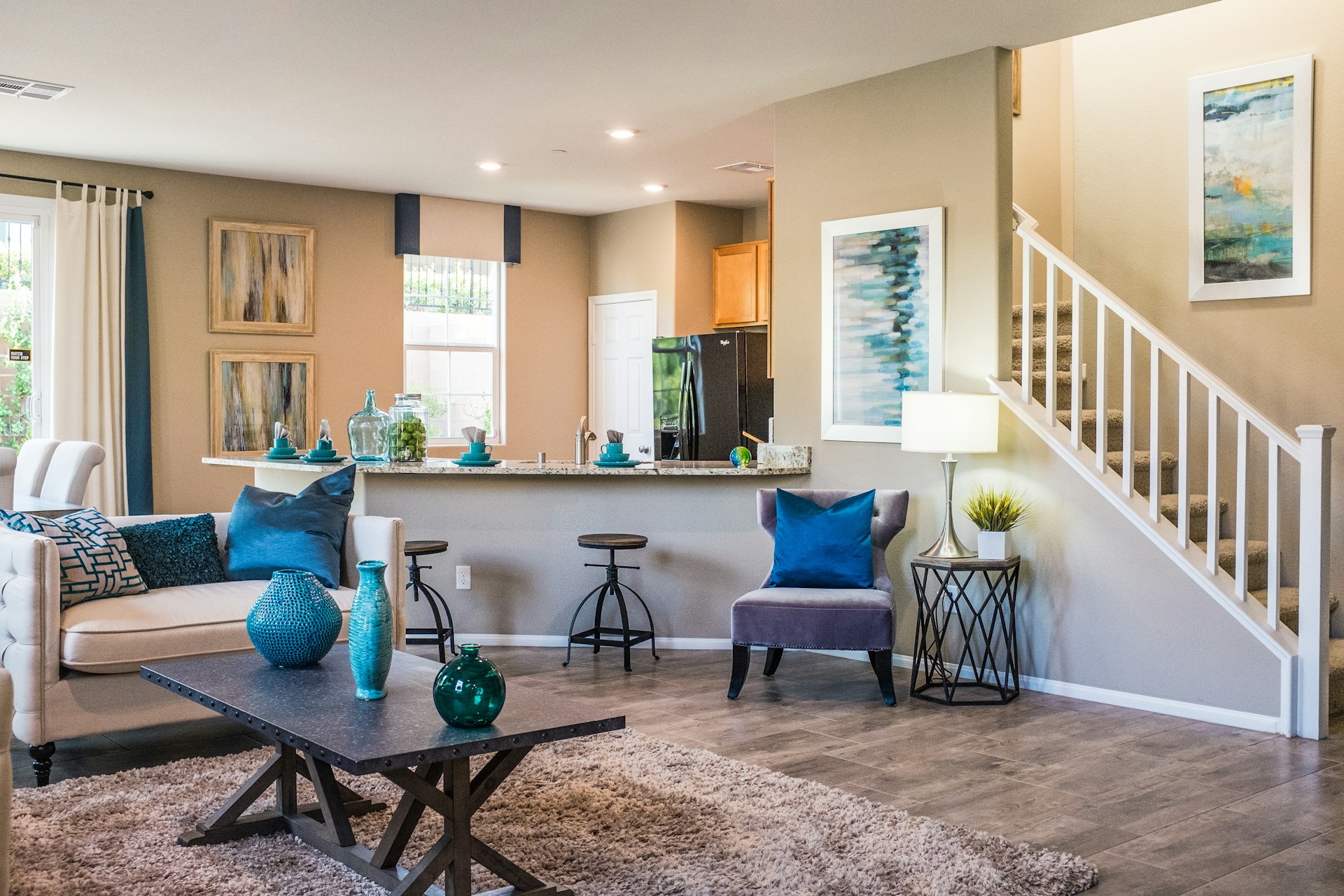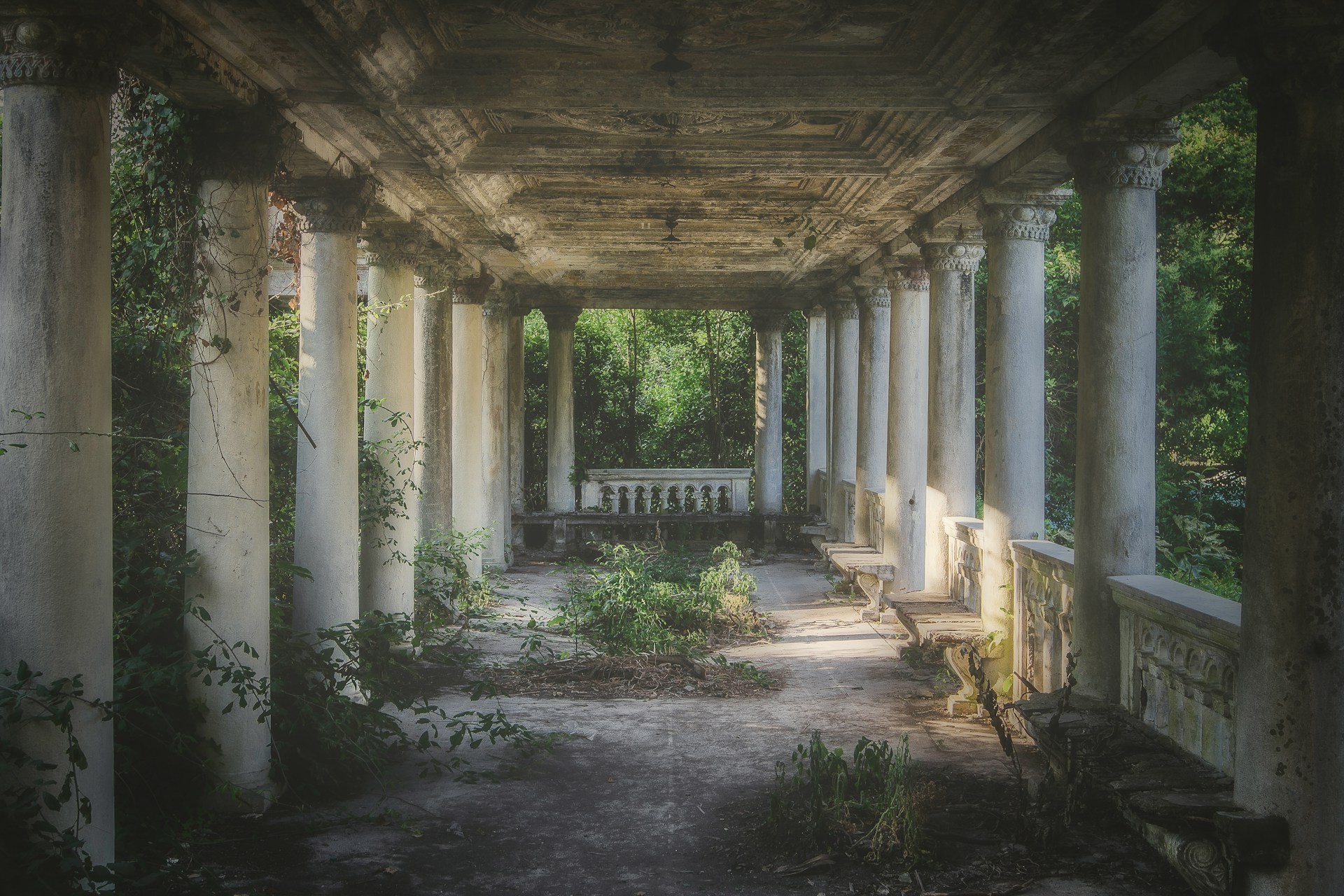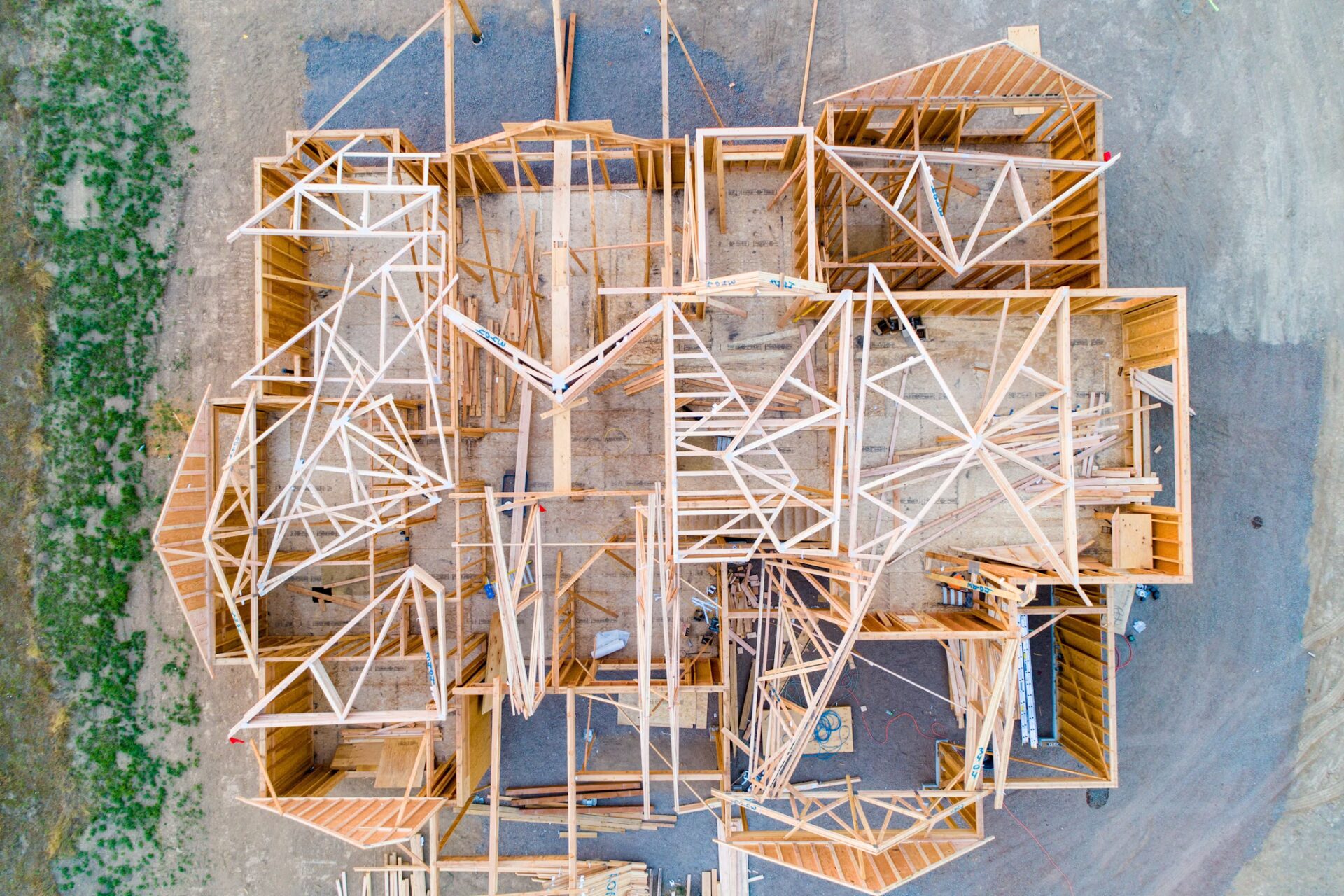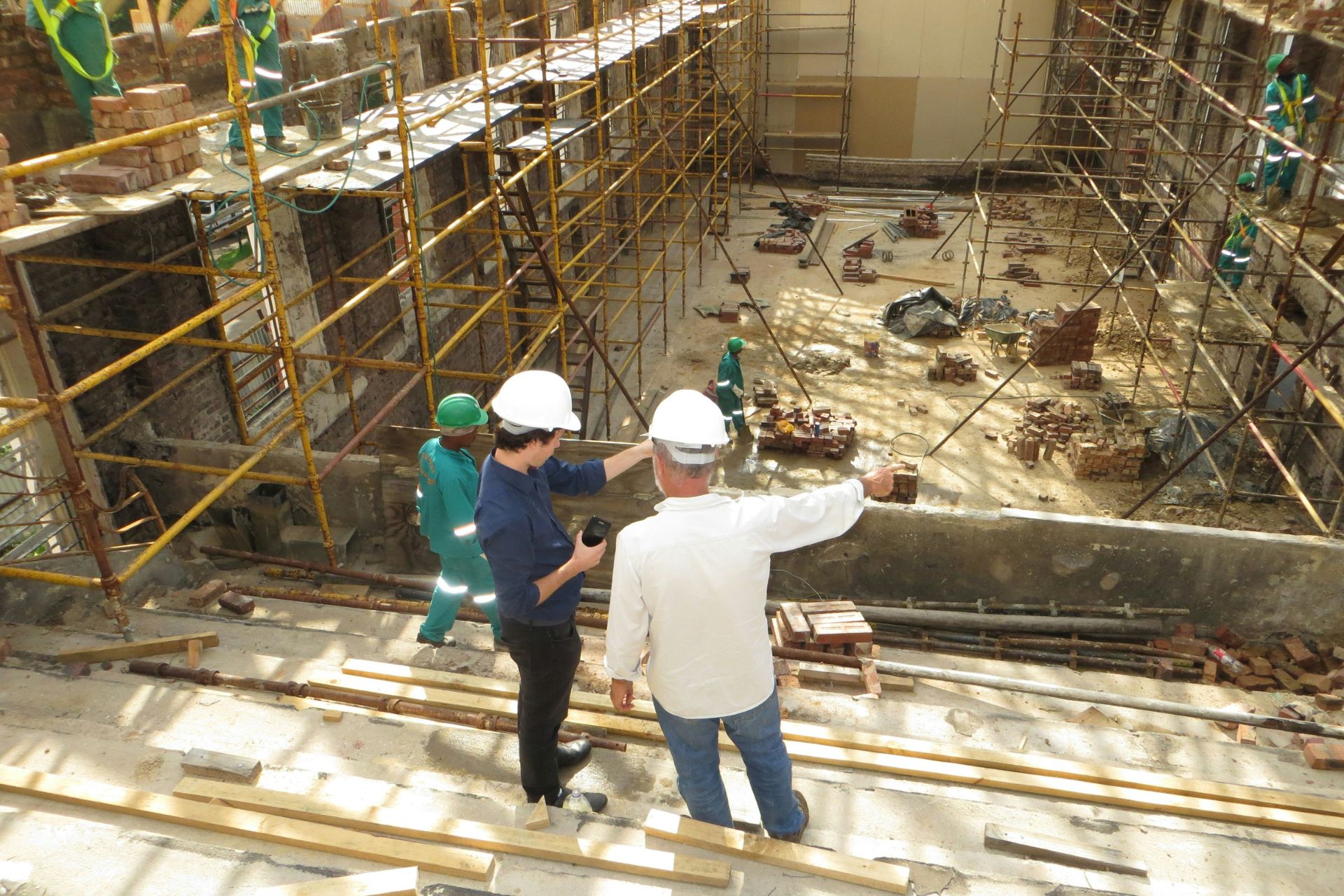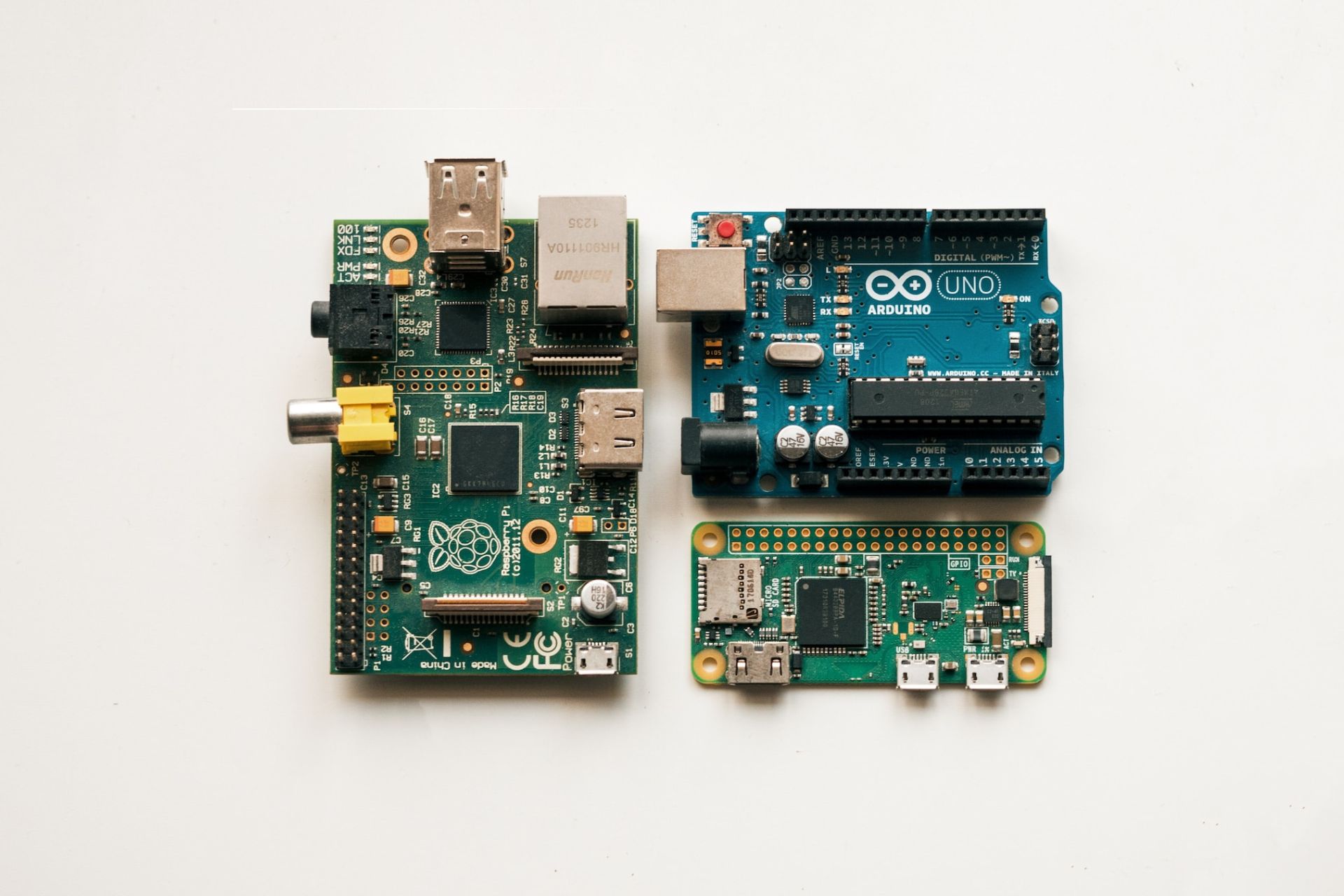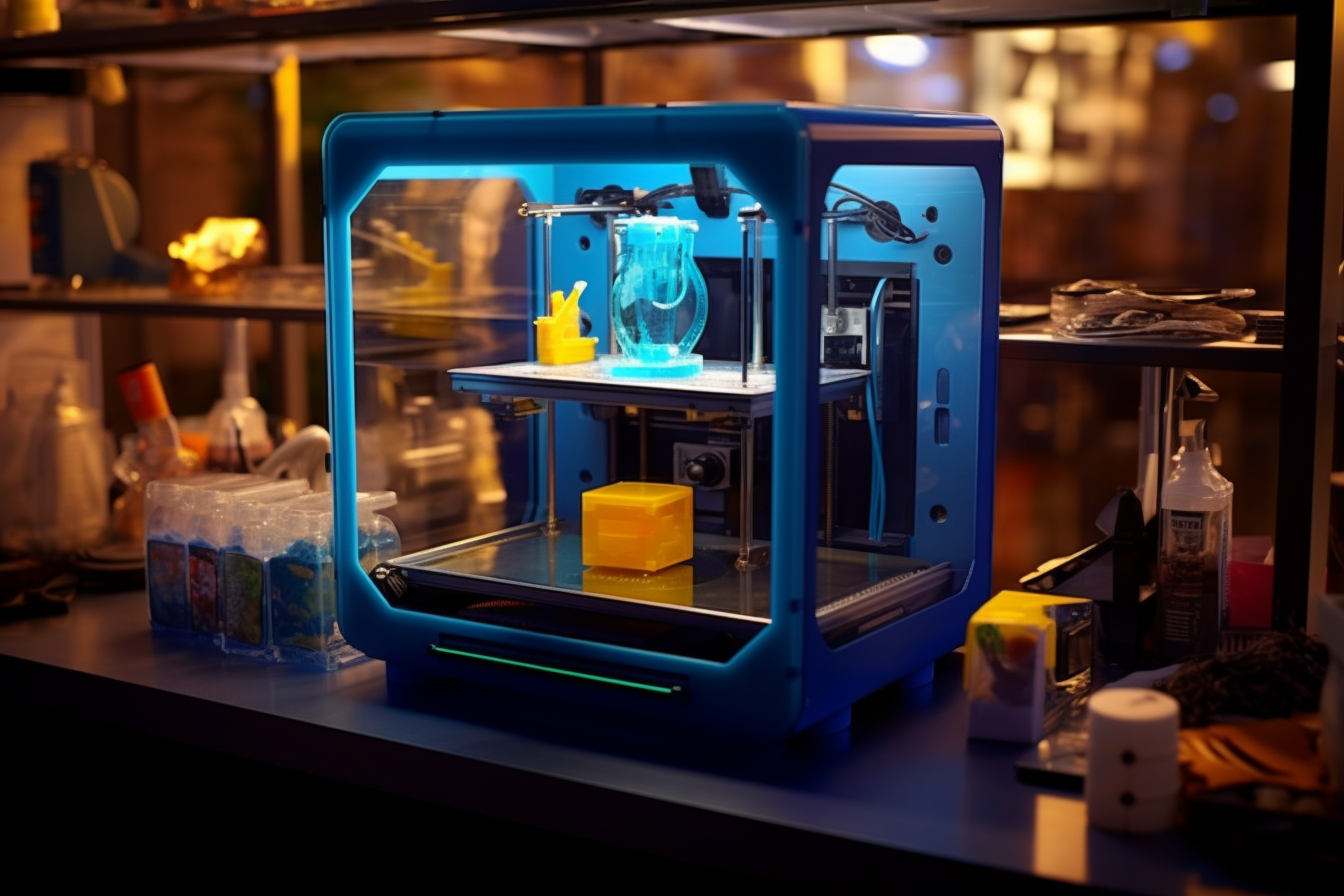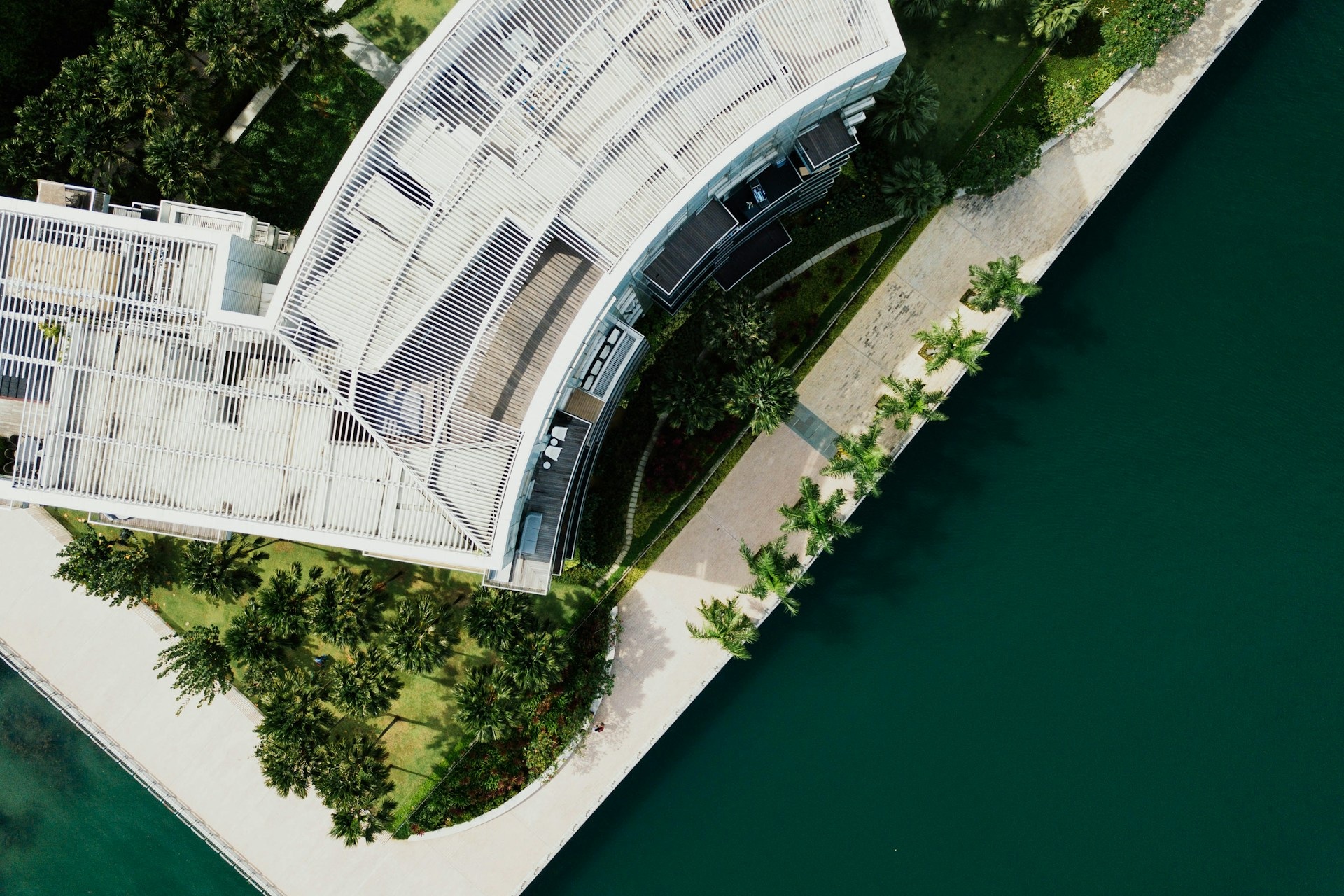
Underused Construction Practices That Elevate Green Building Projects
October 14, 2025 - Lou Farrell
Revolutionized is reader-supported. When you buy through links on our site, we may earn an affiliate commission. Learn more here.
As the construction industry continues to advance, so must its sustainability practices. These companies urgently need to revolutionize their operations and incorporate greener strategies to reduce their harmful impacts. Sustainable efforts to minimize waste and energy consumption can also ensure structural durability and longevity. By adopting the following changes, green building projects can shift the construction industry toward a more environmentally friendly future.
3D Printed Concrete
That’s right — 3D printed buildings are far from science fiction. This groundbreaking technology uses mixtures made from recycled materials to create printable concrete, greatly reducing material waste during production and speeding up the building process. A concrete 3D printer extrudes the material by “printing” the project from the ground up.
With recycled mixtures, reduced waste and fewer building materials, 3D printing for construction is environmentally sustainable and cost-effective. Though the process is not entirely automated and requires laborers on-site, this technology is a huge step toward the future of sustainability in construction. For example, 3D printed houses are already in production worldwide and may be a fast-growing solution for quickly producing affordable housing for populations in need.
Wood Alternatives
While wood is a staple building material and can seem green, it’s impossible to ignore the urgency that deforestation and lumber manufacturing present. High consumption rates of wood also indicate high levels of waste, and trees simply do not grow fast enough to account for such levels of loss each year.
Plastic can be a popular wood alternative, but there are more sustainable and durable solutions that aim to last. Bamboo is an incredibly fast-growing grass that maintains similar properties to wood and can look just as good, if not better. There are also options for prefabricated materials such as recycled steel, rammed earth or even hempcrete. Wood trends may come and go, but the durability, integrity and long-term impacts of a building material can last forever.
Mycelium-Based Composite
Utilizing biomaterials like mycelium — a fast-growing fungus — as a natural alternative to wasteful or harmful substances can radically improve the sustainability of building practices. It can act as a binder or glue-like agent via a network of threads. Rather than manufacturing a new substance with high-energy and high-cost raw materials, the fungus needs only to be grown and treated.
As a naturally occurring living organism, mycelium is completely biodegradable, compostable and durable. The treatment process can control its porosity and strength to suit the project’s needs.
The substance can even work hand in hand with other sustainable building practices — such as 3D printing concrete — to create a fully environmentally friendly structure with low waste production and a low carbon footprint.
Underslab Protection
In sustainable construction, it’s important to also consider the investment cost of durable, long-lasting buildings. Careful attention to details like preventing moisture buildup early in the building process can ensure the long-term strength of all green building projects.
Implementing underslab protection helps to prevent long-term damage and improve energy efficiency for the future. The underslab vapor barriers provide moisture protection and block methane and other harmful gases or heat transfer from seeping into the structure. The insulation benefits buildings in warm, damp climates, for example. Preventing mold and rot buildup allows the structures to last longer and require less power for upkeep.
Passive Design
Understanding the construction site itself is critical and can greatly impact the project’s sustainability. Passive design principles incorporate the landscape of the site before building. This practice is an effort to preserve natural elements and work with the environment to reduce energy consumption. For example, areas with a lot of sunlight coming in at one angle could take advantage of this by adding solar panels in the sunnier spot and orienting windows to let the light in at appropriate times of the day.
Other uses of passive design include incorporating natural insulation or shading to reduce electricity usage. This method aims to preserve the natural environment rather than disturb it. Building in harmony with nature can make a tremendous difference in the long run.
Permeable Pavement
Regular concrete — especially used for pavement on sidewalks and parking lots — can result in a high amount of stormwater runoff. This can lead to higher levels of water pollution and erosion and ultimately cost more in damage repair. The porous design of permeable pavement collects the precipitation and replenishes the soil below.
Often, these designs incorporate dirt and grass in the gaps between each pavement block, which encourages more biodiversity in urban areas. Another advantage of permeable pavement is it can act as a cooling agent, breaking up the sun’s heat rather than reflecting it back across a uniform concrete landscape. The environmentally friendly design addresses numerous pain points and is more people-centered, making the overall impact much greater.
Smart Location Mapping
Another useful practice in construction is utilizing location mapping or analyzing data — including accessibility and transportation in a given area — to determine the feasibility of conducting projects. Essentially, location mapping techniques are an advanced way to assess where to build, which is essential, especially for sustainability.
The U.S. EPA created Smart Location Mapping for public use to assess factors like urban form, transportation services and land use overall. These factors significantly reflect sustainability, as cities with high walkable scores have reduced greenhouse gas emissions. This data can greatly inform land use and planning for improved green building projects. Construction firms equipped with knowledge of residents’ needs, habits and impacts can reduce their carbon footprints as they strive toward a greener future.
Sustainable Facilities Tool
The U.S. General Services Administration’s Sustainable Facilities Tool and High Performance Building Guide are other tools that aim to support eco-conscious practices and keep information readily available. These online services provide a comprehensive overview of sustainable materials to use and implement in construction projects, including data sources, case studies and learning resources.
For example, under the New Construction and Modernization guidelines provided on the site, a sustainable federal building must meet 18 of 30 checklisted items, such as incorporating renewable energy strategies. There is no shortage of resources to consider when implementing green practices in construction projects. With easy access to government resources, businesses can take advantage of critical knowledge available.
The Future of Green Building Projects
The construction industry plays a big role in environmentally friendly practices. Though high consumption rates and toxic emissions have plagued the sector in the past, the future can only get better. Science continues to evolve and provide alternative solutions to this ever-growing challenge. With these advancements, there is certainly hope for a more sustainable future so long as everyone takes the necessary steps to do so.
Revolutionized is reader-supported. When you buy through links on our site, we may earn an affiliate commission. Learn more here.
Author
Lou Farrell
Lou Farrell, Senior Editor, is a science and technology writer at Revolutionized, specializing in technological advancements and the impacts on the environment from new developments in the industry. He loves almost nothing more than writing, and enthusiastically tackles each new challenge in this ever-changing world. If not writing, he enjoys unwinding with some casual gaming, or a good sci-fi or fantasy novel.
